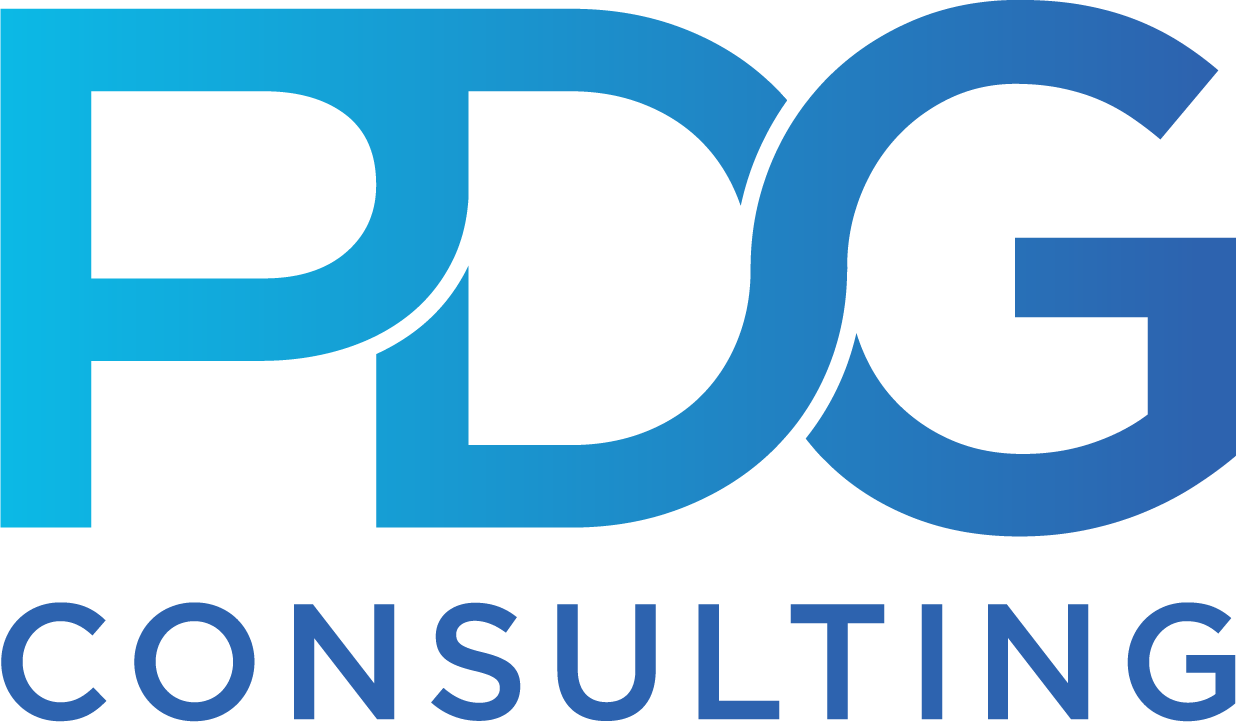Getting the Most Out of Your Business Intelligence Dashboard

Business intelligence (BI) solutions serve a dual purpose. First, they offer a way to understand your business better by leveraging data to discover what’s happening, when, and why. Secondly, they underpin improved decision-making by giving C-suite executives and department leaders the relevant and accurate data they need to determine optimal business strategies.
The caveat? Getting the most out of BI dashboards means using the right type in the right way for the right audience. Here’s how.
BI Dashboard Basics
Before digging into the details, it’s worth unpacking the purpose of BI dashboards and the three most common types.
Put simply, a dashboard’s goal is to make people smarter and make your business more money. This is accomplished by providing quantitative metrics that are easily digestible in visual form, along with the means to make better decisions and improve current capabilities. In practice, this means collecting, curating, and analyzing the best data for the intended purpose and using this data to inform a specific audience.
To help streamline this process and ensure the right people have access to the right data, BI dashboards are often divided into three subtypes: executive, operational, and analytic:
- Executive dashboards: Meant for C-suites and are designed to present data in a visual, simple way that gets the intended message across without veering into technical details or complicated processes
- Operational dashboards: Used by engineers to monitor specific systems day in and day out. As a result, they require real-time data that indicates the current health of network systems
- Analytic dashboards: Determine root causes when something goes wrong or unexpected events occur. In this case, data must be targeted and relevant to the issue at hand
While using the wrong database for the audience doesn’t invalidate the results, it can create bottlenecks in the BI process and limit the efficacy of these tools.
5 Questions to Help Make the Most of Your BI Dashboard
So how do companies make the most of BI dashboards? Five questions can help.
1. Who is your audience?
Who are you developing this dashboard for? Is the intended audience C-suite executives, operational teams, or business intelligence analysts? The question aligns the type of dashboard you deploy with the audience using it.
For example, if your audience is business executives, the goal is to deliver a dashboard that provides simple and clear-cut visual takeaways. If you’re deploying a dashboard for engineering teams to monitor system health, more granular data reporting is the priority.
2. What does your audience need to know?
With your audience identified, it’s worth drilling down further to understand what they need to know—and how it can help your business.
Consider an operational dashboard. To help teams determine what’s going wrong and why, real-time data is essential. Strategic dashboards are focused on bigger-picture questions and answers that allow C-suites to make better decisions, while analytic dashboards look to pinpoint root causes. By understanding what your audience needs to know and when they need to know it, your teams can design dashboards that deliver the right data in the right format.
3. Which tool fits best?
Tool selection comes next. For example, while legacy BI tools may be familiar, they may lack the ability to connect with cloud-based data sources. Consider Power BI, which is capable of leveraging large amounts of historical data for a complete data refresh but doesn’t have the features needed for an incremental refresh.
It’s also worth considering the type of database system that works best for your use case. For example, while Amazon Elastic Search is expensive for storage, it’s cost-effective for querying. Amazon Athena, meanwhile, is the opposite.
By selecting best-fit tools, it’s possible to both improve efficiency and reduce overall spend.
4. What type of visualizations do you need?
It’s also worth digging into the types of visualizations that work best for end users. Here, the goal is to reduce total clutter in your dataset by creating a very defined data schema that delivers the right data visualization at the right time.
Put simply, your BI dashboard and user interface (UI) should tell a story. And like any coherent and compelling story, you want a clear beginning, middle, and end that don’t include any unnecessary data or context. In other words, get to the point ASAP.
5. How can processes be improved?
Once your BI dashboard is up and running and your audience is largely satisfied with the results, it’s time to consider potential improvements. These could include new features or faster data integrations or could mean an overhaul of current processes to remove potential roadblocks.
Over time, knowledge gained from BI designs and deployments can also help your team streamline the process of building new dashboards for similar use cases, in turn reducing the cost, time, and effort required to get these solutions up and running.
Note that it’s not necessary to ask these questions in order. While one naturally leads to the next, getting the most out of your dashboard isn’t about running through this list the same way every time; it’s about asking the right questions for your current use case and objectives.
Delivering on Dashboard Potential
The right BI dashboard—used the right way for the right audience—can drive better business decisions and help companies capitalize on their most valuable digital resource.
But delivering on dashboard potential doesn’t happen by accident. To get the most from your business dashboard, it’s critical to understand who your audience is, what they need to know, and which tool delivers this knowledge clearly and concisely. To help teams make the best use of dashboards over time, businesses can’t afford to rest on their digital laurels. By developing a deeper understanding of your audience and their processes, it’s possible to improve the efficacy of BI dashboards and ensure potential isn’t wasted.
Ready to get the most out of your BI dashboard? Discover how PDG Consulting can help. Connect with us today.
Latest
Liberty Hill and PDG: Visualizing Justice through Data
March 1, 2023
See how PDG's custom data visualization platform is helping Liberty Hill pinpoint the data needed to tell this story and fuel campaigns that aim to end the practice of arresting and incarcerating youth and putting in its place investments in youth development in our newest Customer Success Story.
Proof of Concept: Facilitating the Future of M&E Enterprises in the Cloud
Media & Entertainment,Technology,OTT
February 27, 2023
For media and entertainment (M&E) enterprises, moving to the cloud offers many benefits in future-proofing their frameworks. Learn more from our software engineers about how to properly facilitate best practices for cloud computing in today's article.
Is Blockchain the next GPT?
January 30, 2023
Curious to know if Blockchain technologies is displaying all the signs of becoming the next GPT? Our Founding Partner at PDG, Brennan Binford, discuses the concept of Blockchain and what you should expect in the future of General Purpose Technology.
by Brennan Binford - PDG Consulting



